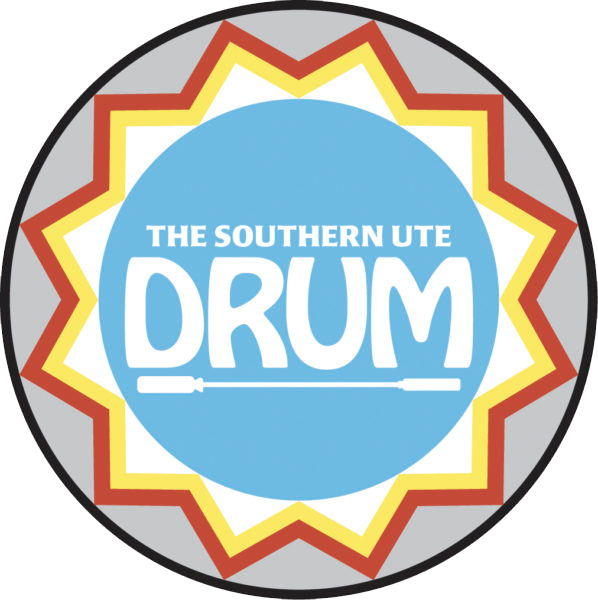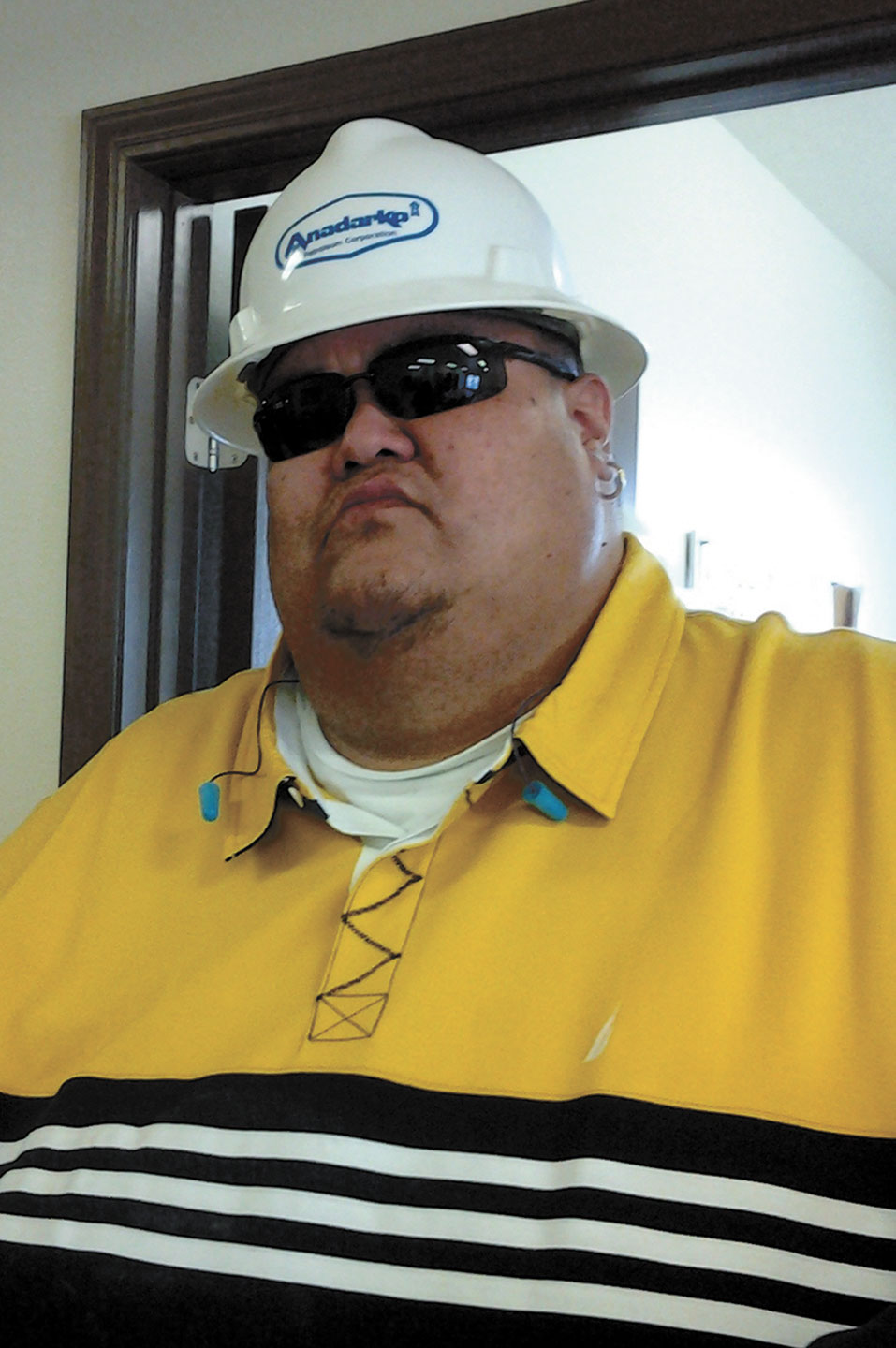Editor’s note: Council Corner is a new feature of The Southern Ute Drum that features reports directly from Southern Ute Tribal Council staff about the activities of council members.
Often, Indian tribes come to the Southern Ute Reservation to gain knowledge and tips on how the Southern Utes have become leaders in Indian Country.
The Southern Ute Indian Tribe is a model in Indian Country that many would like to emulate, whether in energy development, investment ventures or simply governmental operations. Despite the tribe’s sterling reputation in Indian Country, we too can step out of our backyard to gain insight on how other tribes run their programs. How similar are their practices? How different?
Every so often, reaching out to our fellow tribes in Indian Country can provide a different view into a comparable way of life. Recently, Chairman Jimmy R. Newton Jr. and Tribal Councilman Alex Cloud visited our sister tribe, the Ute Tribe of the Uintah and Ouray Reservation in Ft. Duchesne, Utah, to do just that.
On the first day of the two-day trip, Newton, Cloud and tribal in-house attorneys Monte Mills and Lorelyn Hall met with the Ute Tribe’s Business Council, the equivalent of our Tribal Council. The tribal leaders discussed areas of common interest and issues on which the tribes could work together, including the Ten Tribes Partnership to address Colorado River issues, in which both tribes participate.
The Ute Tribe’s council also discussed its ongoing efforts to resolve the tribe’s water rights, many of which are the subject of a “deferral agreement” with the State of Utah.
Both tribes are energy tribes and rely upon energy development to support their economic development. The Ute tribal leaders expressed their ongoing concerns with the impact that air quality issues could have on their ability to develop their resources and asked Newton and Cloud how the Southern Utes are working on those issues on the reservation.
“We have our own environmental department, which includes air and water quality,” Newton said. “Essentially, we have our own Environmental Protection Agency on the reservation. It is in compliance with national regulations that are set by the national EPA.”
The Business Council also mentioned it has purchased an interest in a midstream energy company and is continuing to expand its members’ knowledge and capabilities.
The second day of the visit included a meeting held at the newly refurbished Ute Lanes bowling alley and continued the discussion of issues that concern both tribes. The processing of energy-related and other realty transactions by the federal government was a central topic, and present at the meeting was Johnna Blackhair, the Ute Agency’s superintendent for the BIA.
The meeting also included numerous staff from the Office of Indian Economic Energy and Development who had been detailed to the Ute Agency, as well as staff from the tribe’s Energy and Minerals office.
The highlight of the discussion was the close relationship between the local BIA agency and the Ute Tribe, both of which pride themselves in working together to process numerous complex transactions. Because of administrative efficiencies, including a joint timeline that allows both the tribe and agency to monitor projects as they go through the processing procedure, the BIA is able to turn packets around within three to eight days of receiving them, Blackhair said.
The local agency also developed its own internal database tracking system that each staff member can use to determine where a project stands on the timeline and what the next steps may be. The agency also contracts with the tribe through a “638 contract” to provide tribal staff to the agency, which helps ensure efficient processing.
The quality, amount and speed of the agency’s work impressed Newton and his colleagues.
“I was really impressed on the relationship the Ute Tribe has with their BIA agency. Their use of tribal staff and their ability to turn packets around so quickly was remarkable. This was truly a learning experience on how effective a well-run BIA agency can be,” he said after the tour of the tribal and BIA offices. “In many ways, our [Southern Ute] issues are reversed, and it has been helpful and encouraging to see progress and success in areas where our relationship with our local agency has been lacking.”

